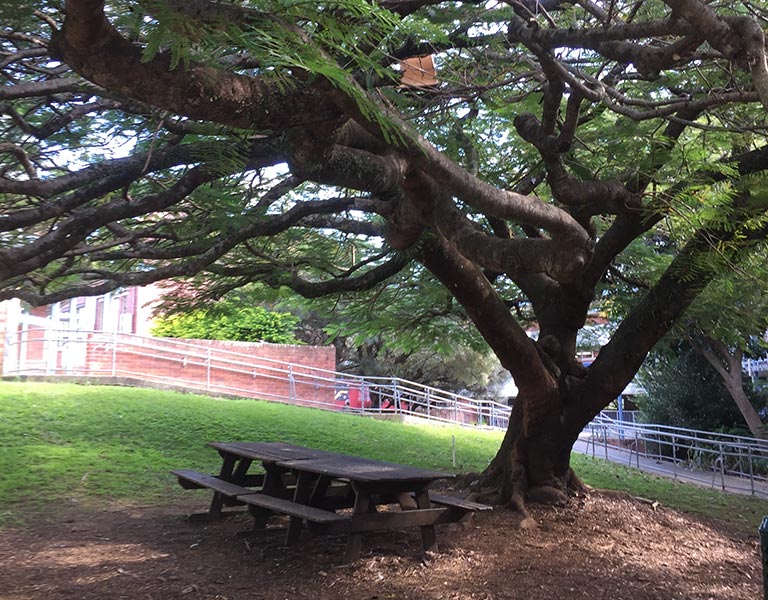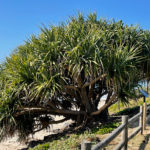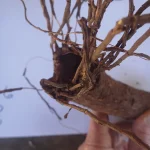Risk Assessment Review
Tree risk assessment is an important part of urban forest management and there are many tree owners and managers that are required to ensure their trees are maintained to an acceptable level of risk associated with them. Trees are living things, constantly changing and eventually dying, therefore there is always a certain level of risk associated with trees where trees and people interact. Risk is defined as the likelihood of an event multiplied by a number of risk assessment methods are currently in popular use. Risk assessment methods are qualitative or quantitative, meaning they use either words or numbers respectively. This is a review of three of the most commonly used methods: TRAQ, QTRA, and VALID. The advantages and disadvantages of these 3 systems are discussed below.
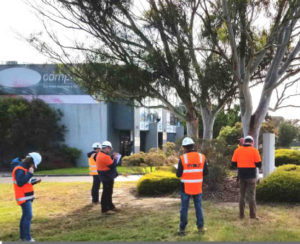
RISK: the LIKELIHOOD of an event MULTIPLIED by the CONSEQUENCE.
TRAQ
TRAQ was developed by Julian Dunster and others from the International Society of Arboriculture (ISA) in the United States. It is a purely qualitative system that describes the inputs and outcomes in words. TRAQ training began in Australia in 2013 and with another edition of its associated Tree Risk Assessment Manual released in 2017. It is widely used in Australia.
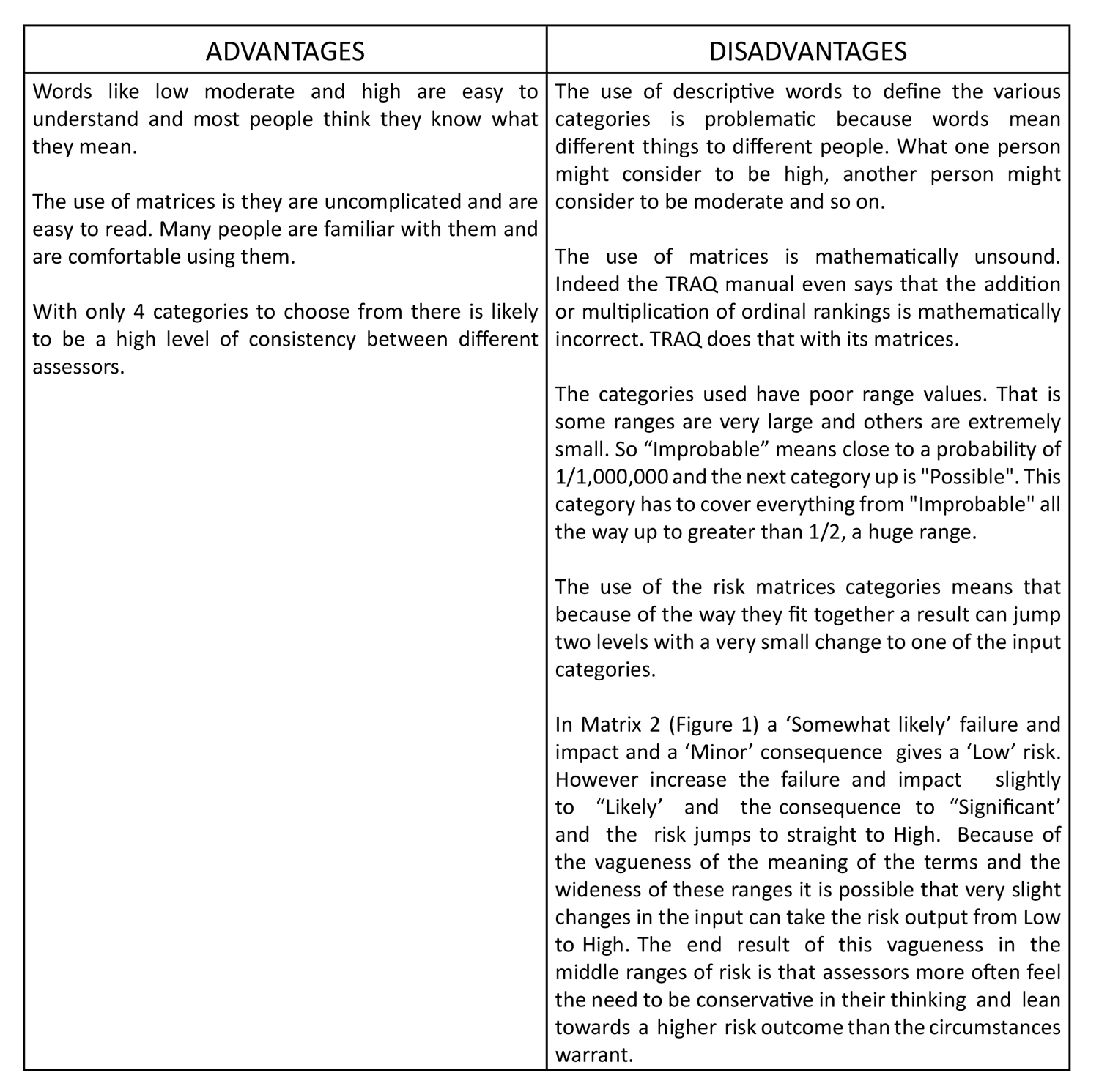

TRAQ works well where the risk of harm is very high, or low. Because of the problems with the range values being too wide or too narrow when a risk is somewhere in the middle, TRAQ can give answers that don’t make sense. It is in these middle ranges where a risk manager needs to have guidance as to what risk mitigation measures are required. The risk ranges, including “Low” all recommend some action to be carried out. This gives rise to the view that every situation needs some work to be carried out when clearly acceptable risks do not. A great deal of unnecessary tree removal and pruning may be occurring as a direct result of the use of TRAQ.
Unnecessary tree work may be exacerbated by the use of the term ‘defect’ to describe a tree feature. It has a pejorative connotation and even though the TRAQ workbook says that it doesn’t necessarily mean it will mean an increase in likelihood of failure, people are likely to think it is so.
Throughout the manual many issues are raised and it is advised that they be considered when making the various assessments. It is difficult to understand with some issues, such as prevailing wind, how that information should be factored into the the assessment process as trees are self-optimising organisms and will have already dealt with effects such as wind. These issues are raised repeatedly and although it is often stated that they may have an effect, there is rarely, if ever, a discussion about the effects themselves. When dealing with co-dominant leaders for example, if a co-dominant leader has an included bark junction it may increase the likelihood of failure by an order of magnitude. That is from 1/10,000,000 (healthy tree with no major risk features) to 1/1,000,000 (still pretty good odds) but the manual wants to call the Probability of Failure (PoF) ‘possible’ or ‘probable’ which is a gross overestimation of the real PoF.
Defects or Tree Risk Features? Can the language we use impact outcomes of qualitative assessments?

QTRA
QTRA is owned, and was developed by, Mike Ellison from the UK. It was first released in Australia in the mid 2000’s. It is a quantitative system that uses numerical inputs. The inputs are given in ratios and the resulting risk assessments are also given as a ratio. The risk of harm outputs that are generated are categorised as Broadly Acceptable, Tolerable or Not Acceptable but these are still related to numerical values. It is widely used in Australia, New Zealand, Europe and the UK.
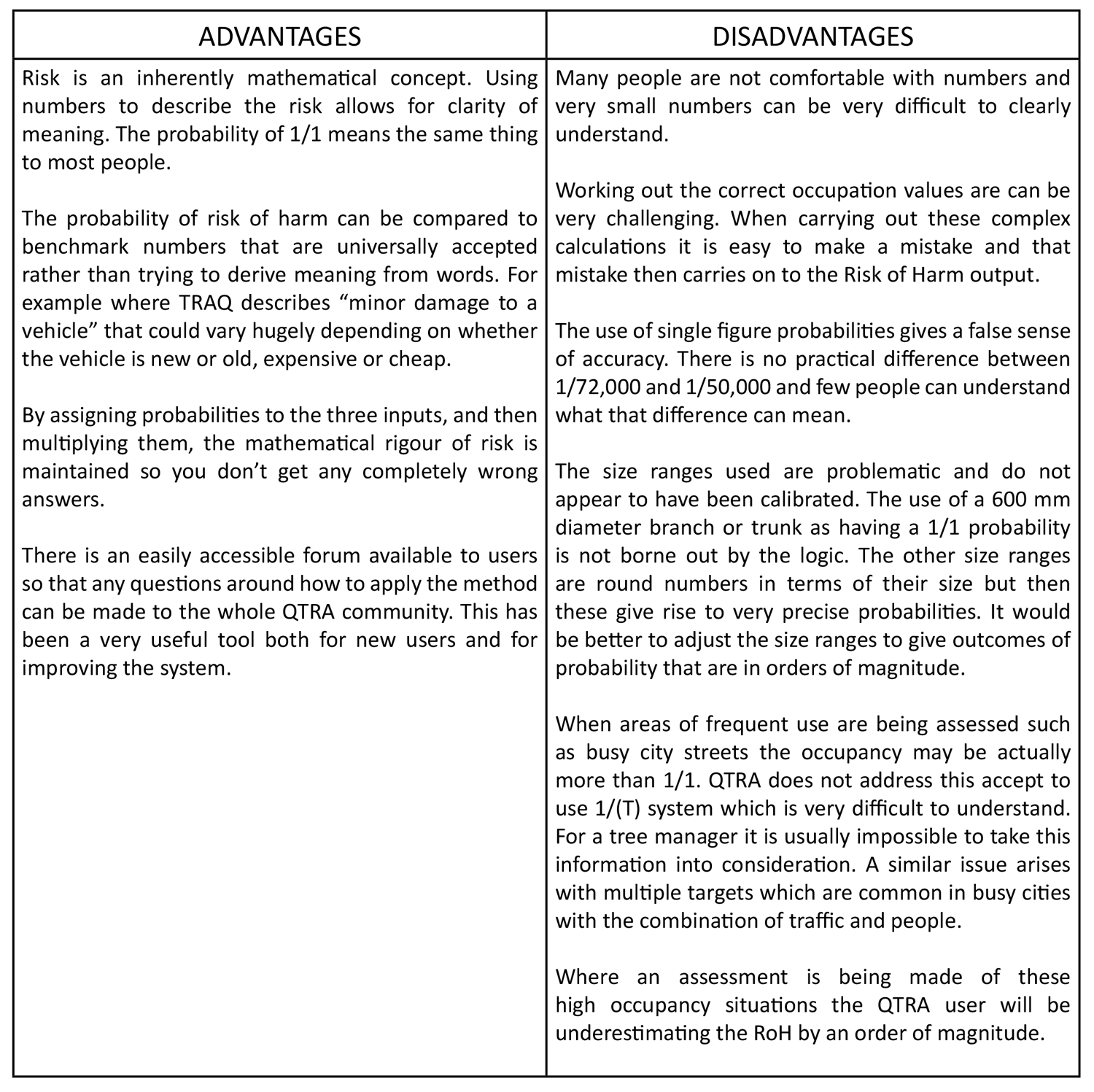
QTRA has been updated and evolved over the time. Many of the major problems have been ironed out over the years. There has not been an update since version 5 was released many years ago and many changes have been in response to VALID procedures (e.g. Traffic light symbol identifiers).
The use of a calculating wheel and input ranges has reduced the difficulties of deciding what inputs are appropriate. The Risk of Harm has been divided into three main categories being Broadly Acceptable, Tolerable if as Low As Reasonably Practicable (ALARP) and Unacceptable. This has simplified the output and made it easier to understand for the tree managers. There seems to be little appetite to address the issues around the size of the part ranges and multiple targets and that is a concern for QTRA users.

All tree risk assessment involves consideration of a number of risk factors, such as the presence of decay and fungi.
VALID
VALID is a not for profit organisation that was developed in the UK by David Evans. David had been part of the development of QTRA. VALID uses a mix of qualitative and quantitative inputs and provides a qualitative output. The actual assessment process is carried out by an App that works on a phone or pad. So the maths is done behind the scenes by the “black box”. It was presented in Australia in 2018 and is used in the UK, New Zealand and Australia.

VALID is a relatively new system and is undergoing constant review and improvement. It appears to give sensible outputs and with the mandatory training, is simple to use. The system produces a report that can be provided to the tree manager simply by email.
VALID recognises that the reason for conducting a tree risk assessment is because the tree manager needs to manage the risk from trees. VALID has provided notes that are designed to be included in a report or given to the tree manager to help them understand how best to use the tree risk report provided.
VALID has gone to considerable trouble to deal with the shortcomings of the other available risk assessment systems and has attempted to use the best elements of both qualitative and quantitative systems. Care has also been taken with language used to reduce the bias produced by terms such as ‘tree defects’. VALID uses ‘tree risk features’ instead.
VALID is continuously issuing guidance notes and discussions on subjects related to tree risk. For example the phenomenon of ‘sudden branch drop’ has been discussed and currently VALID has published notes explaining and describing the tree risk features associated with this phenomenon.
In my opinion, the ease of use for the risk assessor and the sensible outputs make VALID are attractive features of this tree risk assessment method.

All tree risk assessment methods have their advantages and disadvantages. It is important to know the limitations of each.
REFERENCES
Dunster J. 2017. Tree Risk Assessment Manual Second Edition. ISA. Champaign.
Evans D. 2018. Tree of Knowledge. Tree Risk Assessment The Good the Bad and the Ugly. VALID.
Hartley M. Email to Sharon Lilly. Some Thoughts. 20th October, 2010. Personal Discussions with Mark Hartley. October 2020.
QTRA. 2020. Quantified Tree Risk Assessment Manual Version 5. Quantified Tree Risk Assessment Ltd.


